Color Photographs of Imperial Russia Reveal a World Lost to History
At Paris’ Zadkine Museum, explore vibrant photos of the pre-Soviet Russian Empire
In the early 20th century, two events changed Russia—and the world—forever: World War I and the Bolshevik Revolution. There to capture Russia's way of life right before the change from a large, but isolated, agrarian society to an increasingly industrialized one was photographer Sergei Mikhailovich Prokudin-Gorskii. In the early 1900s, Prokudin-Gorskii mapped out a plan for a photographic survey of the Russian Empire, a plan that won the support of Tsar Nicholas II. Between 1909 and 1915, Prokudin-Gorskii crisscrossed the Russian Empire via train, taking photographs of 11 different regions. 150 of his photographs are now on display to the public in Paris' Zadkine Museum, to commemorate what would have been Prokudin-Gorskii's 150th birthday.
Educated as a chemist, Prokudin-Gorskii studied with leading color photography experts in St. Petersburg, Berlin and Paris. Through his inventive tinkering, he created a new method for producing vibrant color film slides. Prokudin-Gorskii created color images by exposing one oblong glass plate three times, in rapid succession, through three different color filters: red, green and blue. He then presented these color images in slides by projecting the three different color images through three different lenses, one on top of another. When the three images were projected in concert, a full color image could be seen. Using this new method, Prokudin-Gorskii took over 2,000 images of the Empire, capturing everything from people to architecture to the Empire's expanding industrial infrastructure.
The images truly represent a lost world: many of the buildings that Prokudin-Gorskii photographed were destroyed in the Bolshevik Revolution. The photos also show the wide ethnic diversity of the Russian Empire, from photographs of young peasant Russian girls to a series of images of Uzbek men and women.
The complete canon of Prokudin-Gorskii's work was purchased by the Library of Congress from his sons in 1948. You can view more of his work online through the Library of Congress's website.
The exhibit in Paris is on display through May 18, 2014. Admission to the main museum is free, but the exhibit itself carries a €4 (about $5.50) fee. The slideshow above shows photos on display at the exhibit, as well as selected images from the Library of Congress' digital collection.
"Voyage Dans L'Ancienne Russie." Musée Zadkine. 100 bis Rue d'Assas, 75006. +33 (0)1 55 42 77 20.
Planning Your Next Trip?
Explore great travel deals
Smithsonian magazine participates in affiliate link advertising programs. If you purchase an item through these links, we receive a commission.
/https://tf-cmsv2-smithsonianmag-media.s3.amazonaws.com/accounts/headshot/natasha-geiling-240.jpg)


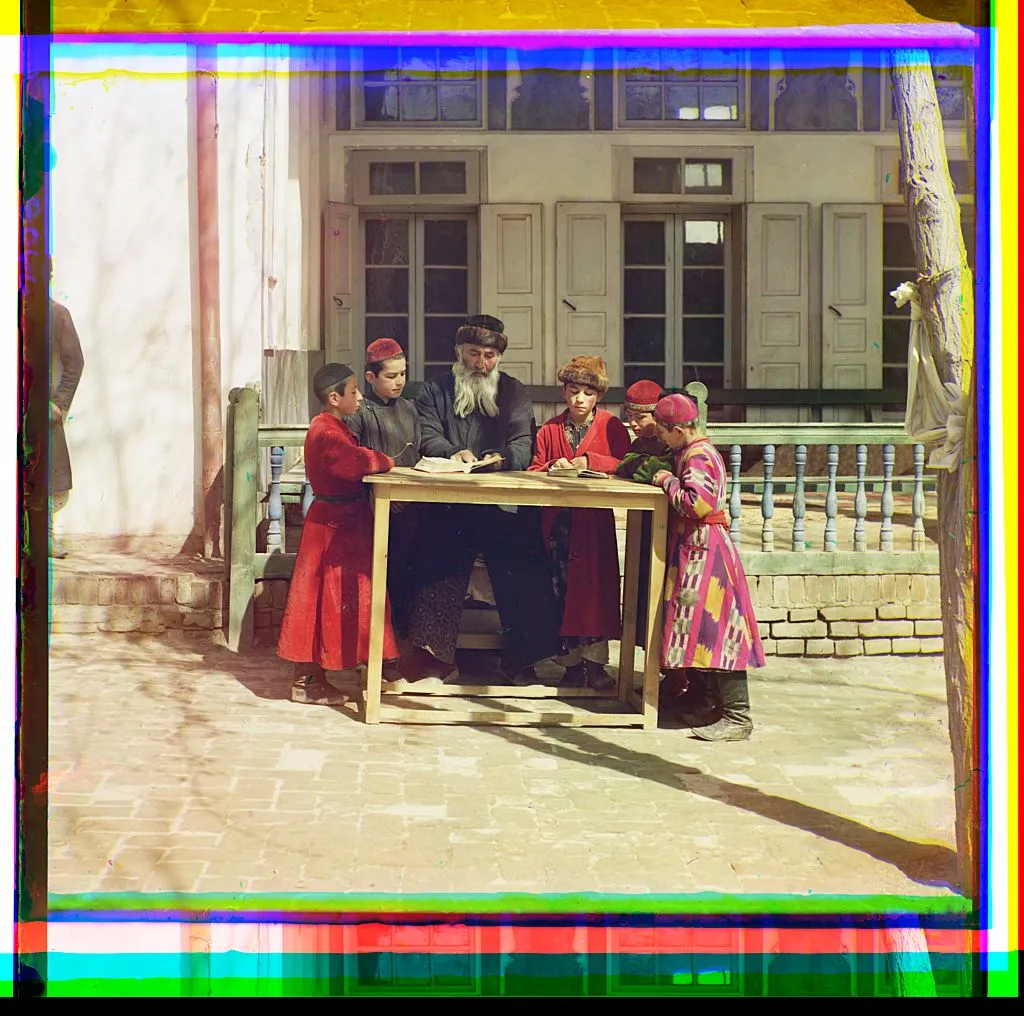
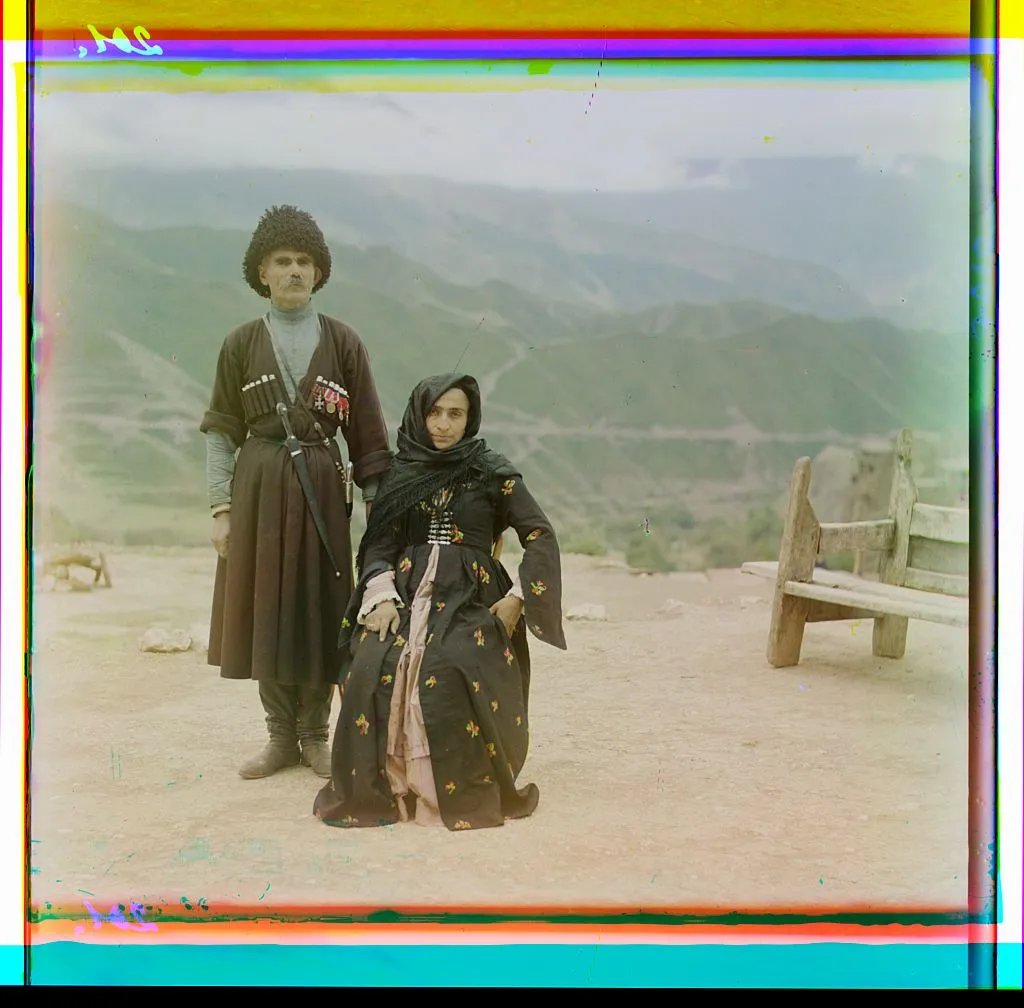
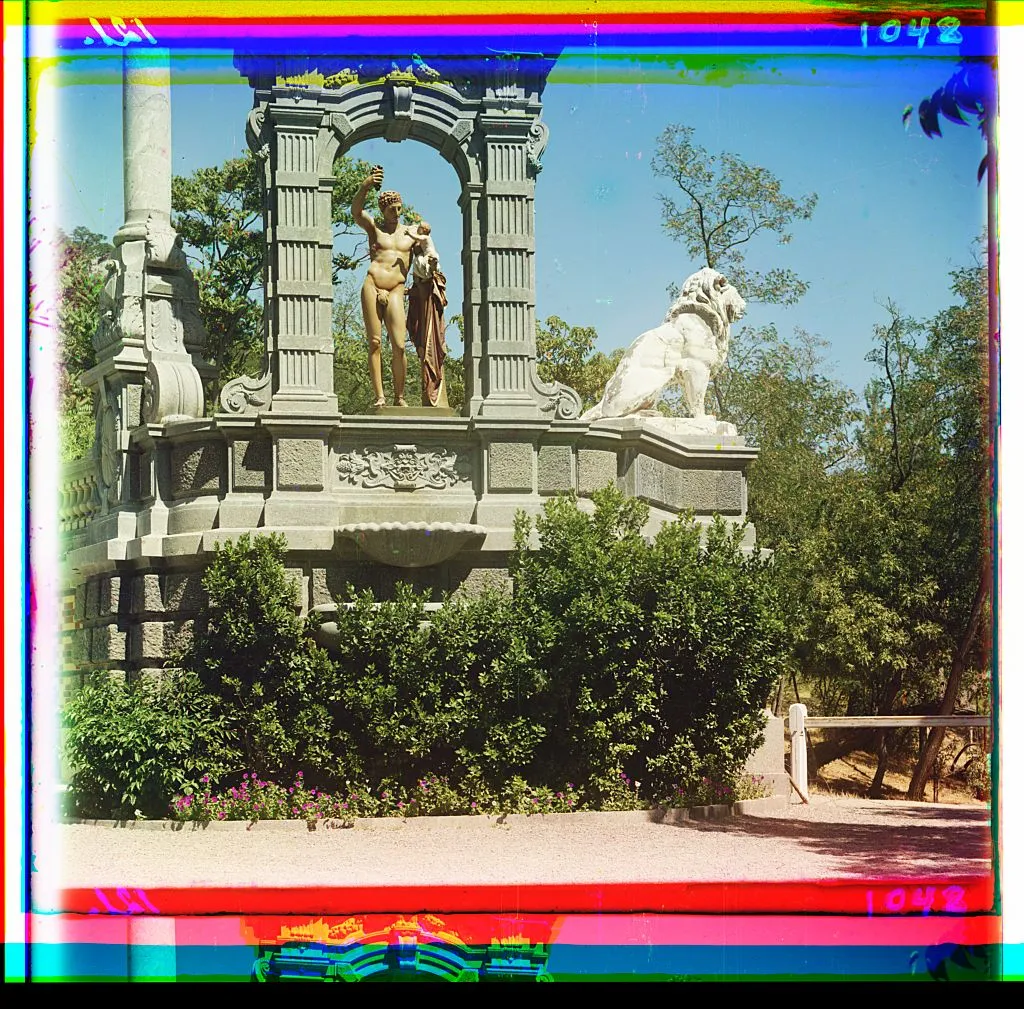


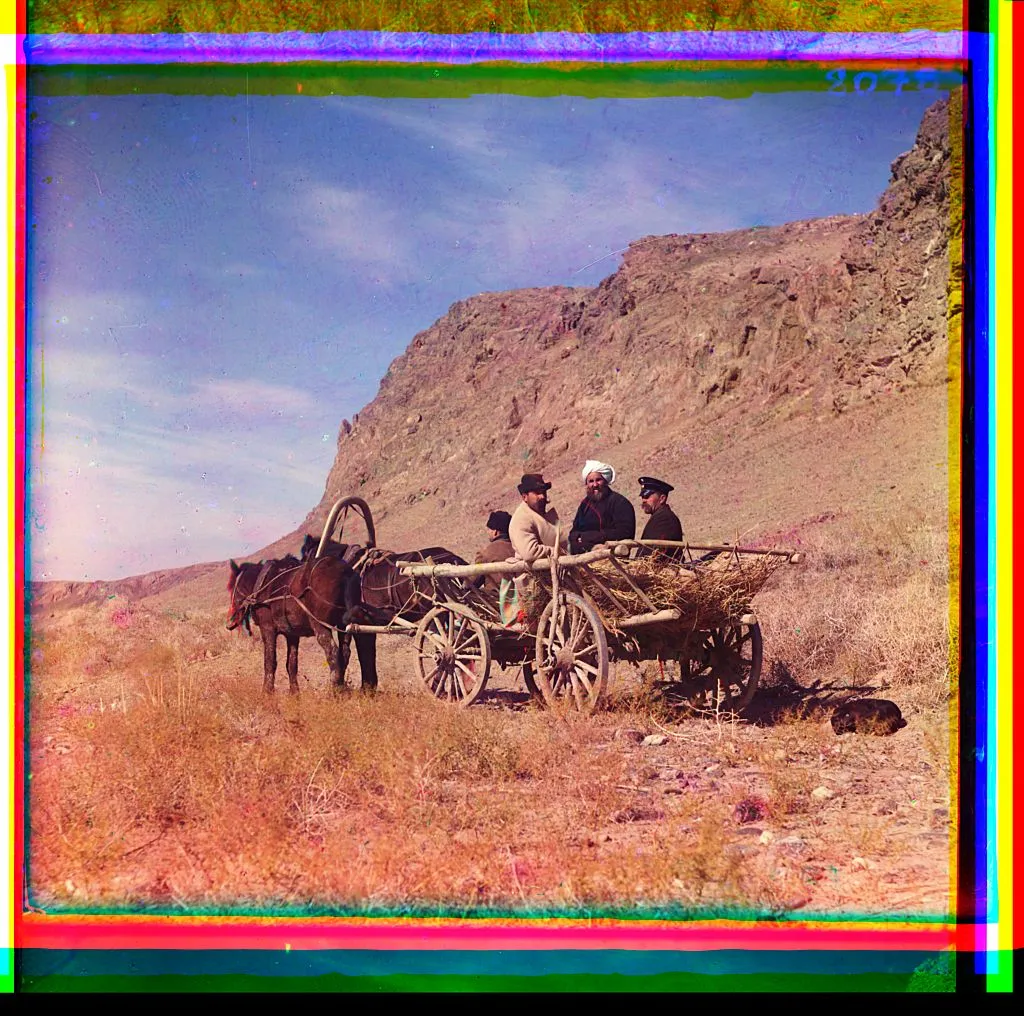

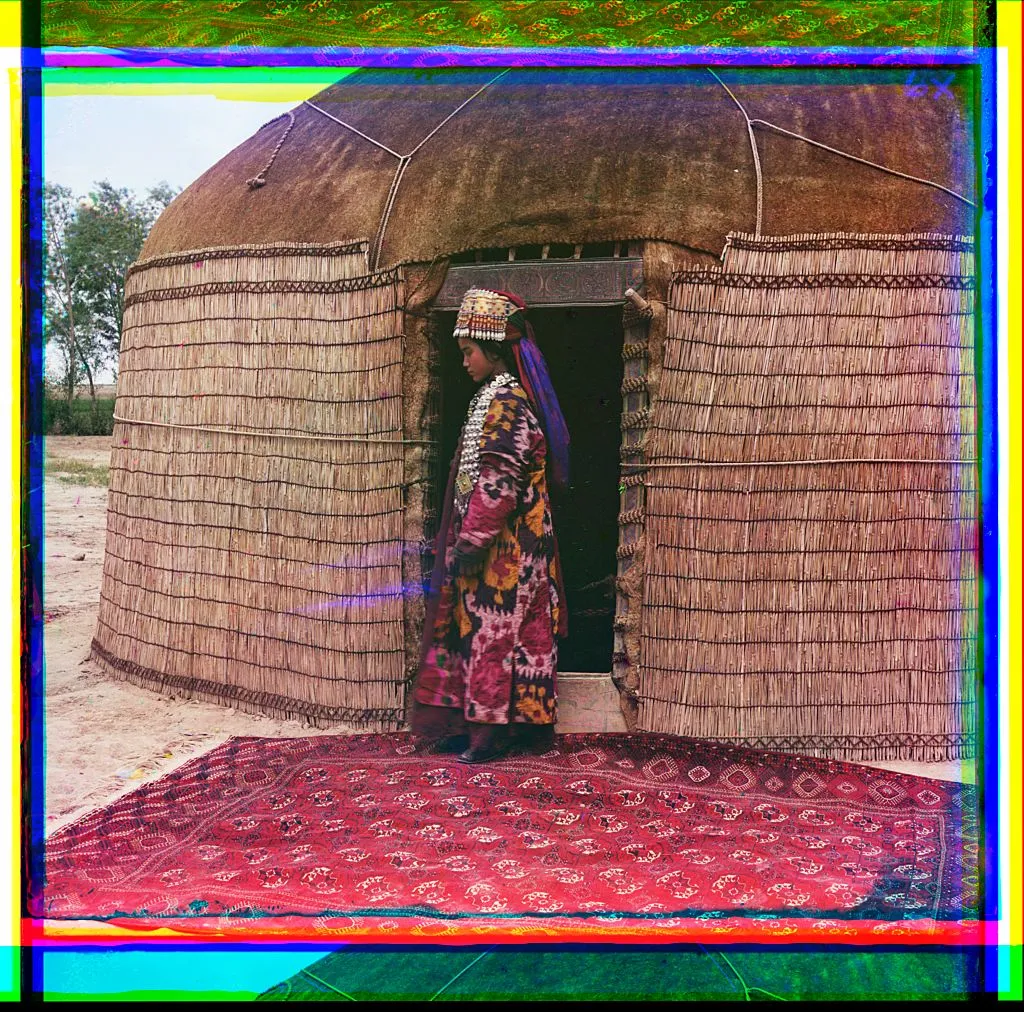



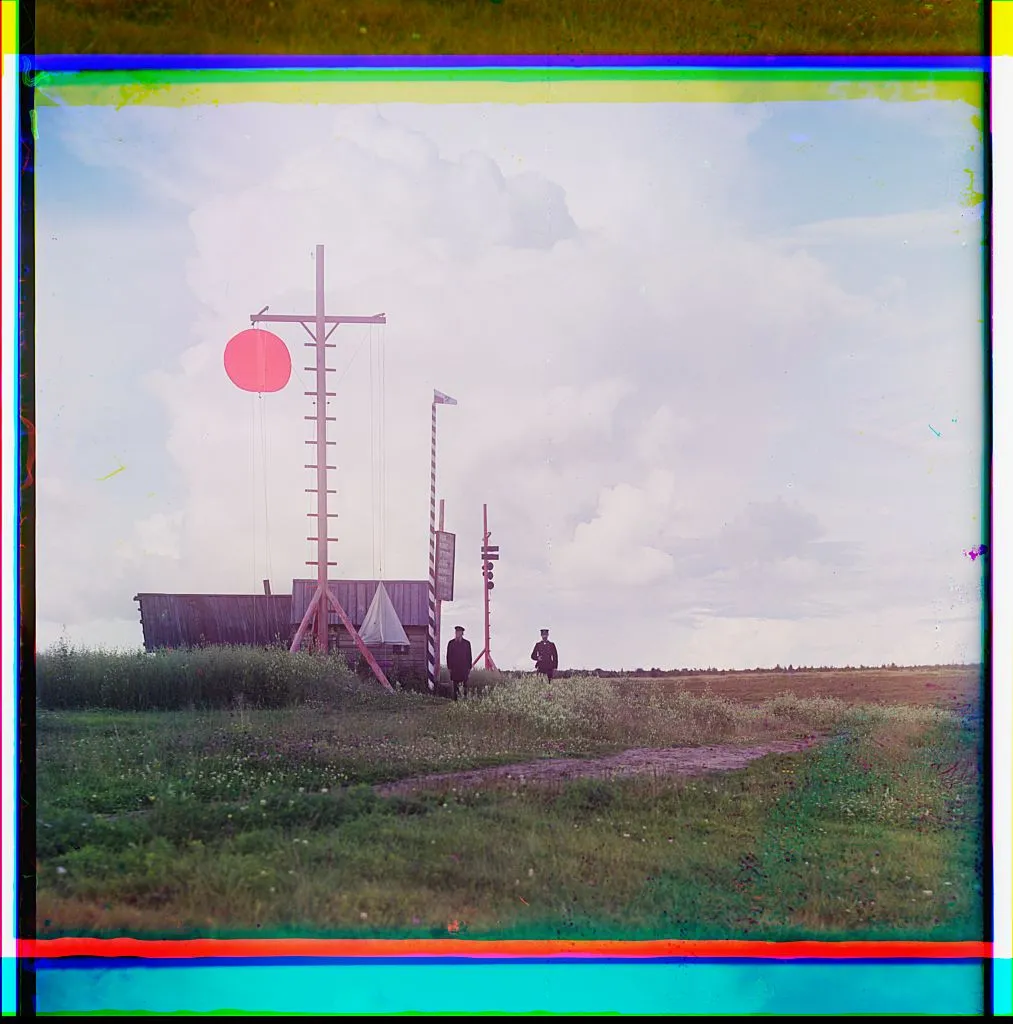

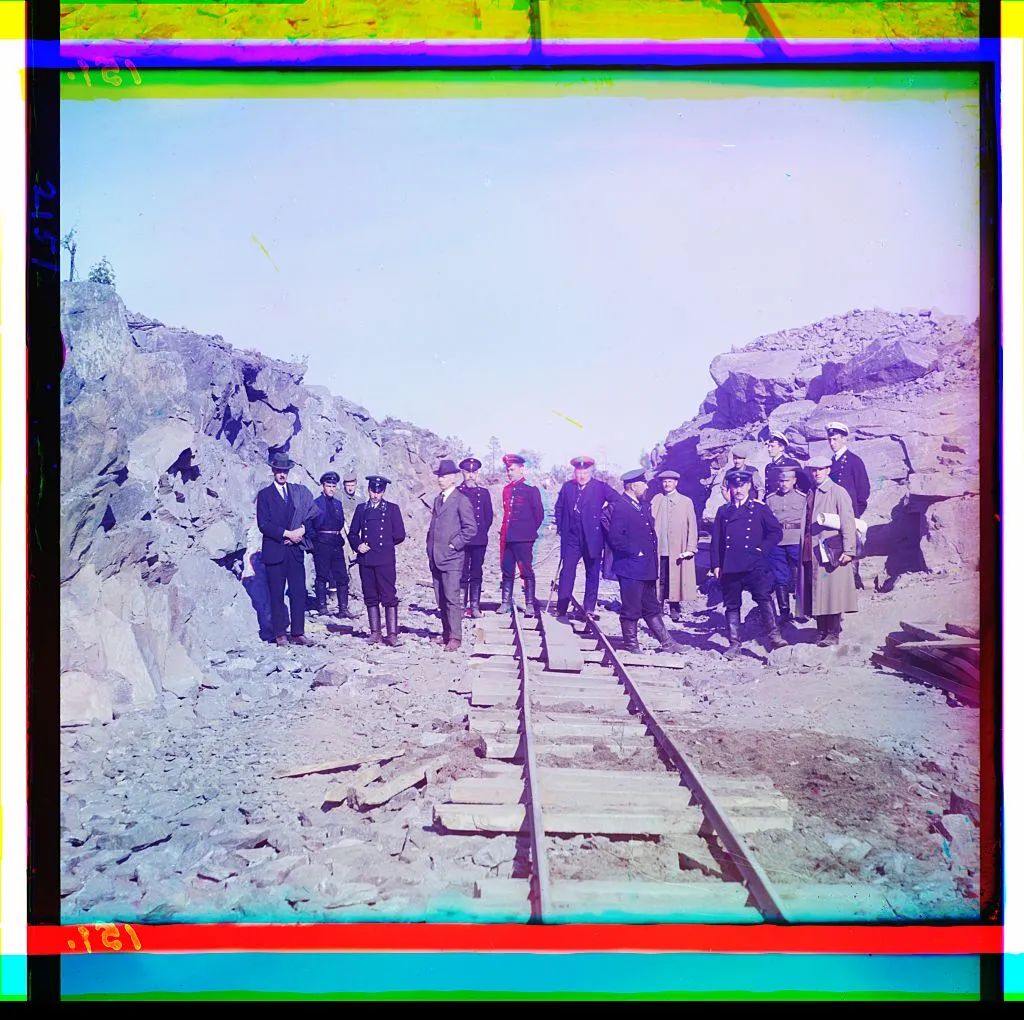
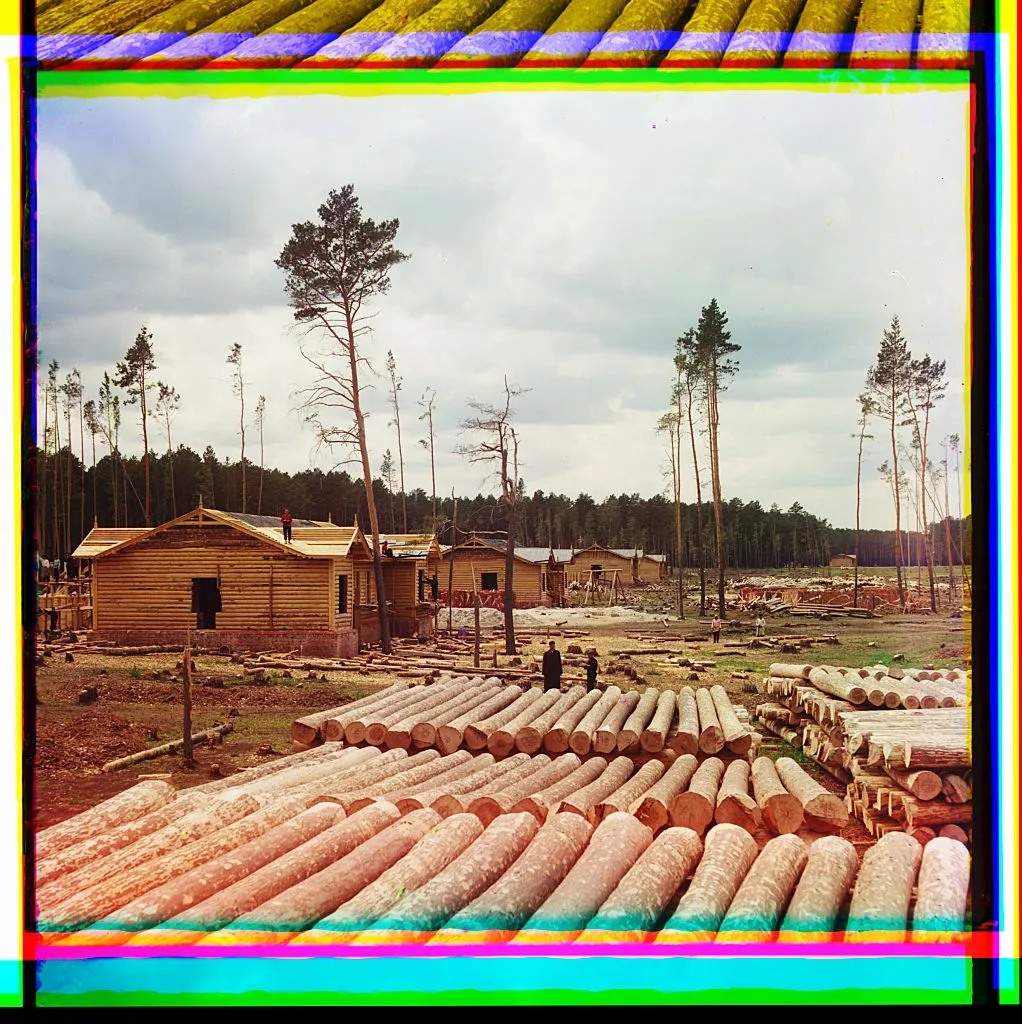
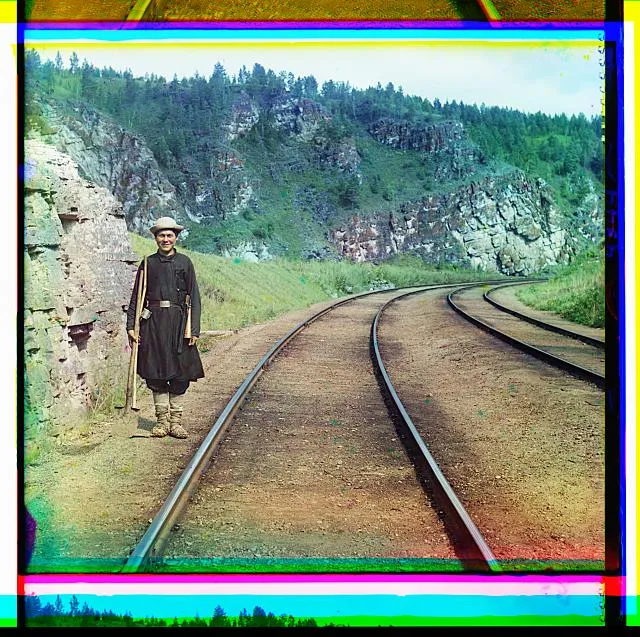
/https://tf-cmsv2-smithsonianmag-media.s3.amazonaws.com/accounts/headshot/natasha-geiling-240.jpg)